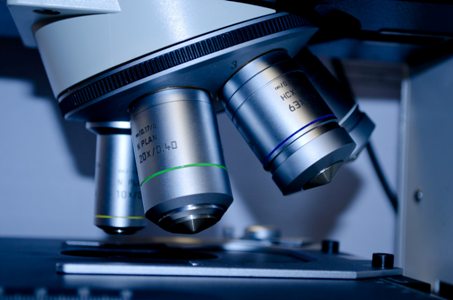
Medical care is changing at a rapid pace. News media, informational websites, and blog posts announce new discoveries and innovations on a daily basis. Treatments and therapies that were the stuff of science fiction a few decades ago are becoming an exciting reality. Here are ten innovations that are improving the health and lives of people in remarkable ways.
Improving Mobility
1. Medicinal Signaling cell (MSC) treatments have the potential halt the mechanism of arthritis before damage to joints, and its resulting disability, can occur. According to Guy Eakin of the Arthritis Foundation, MSC injections have been shown to lessen inflammation, allowing for the repair of cartilage.
2. Physical therapy is only as beneficial as the patient’s ability to perform the therapist’s prescribed routines. Thanks to VERA, a program created by the company Reflexion, patients are guided through their regimen. An avatar shows proper movement, and a camera captures the individual copying the moves. VERA spots incorrect form and offers real-time corrections. The program records exercise sessions so the therapist can watch them at his or her convenience.
Treating Disease
3. Diabetics can rejoice: painful pricks may be a thing of the past. The Dexcom G5 is a monitor that takes a blood sugar reading at five-minute intervals via a sensor the size of two hairs implanted in the skin. An app can record the device’s readings.
4. There is more good news. Google has patented a digital contact lens that measures blood sugar levels from a person’s tears.
5. And that's not all. Type 1 diabetes patients have a new way to administer insulin. In 2016, the Food and Drug Administration approved the Medtronic MiniMed, which performs the function of a pancreas. The externally-worn device is in constant communication with a sensor placed on the patient’s abdomen and uses a pump to administer insulin. The MiniMed dramatically improves the quality of life of its users and allows them freedom from constant worry about their blood sugar and medication.
6. Patients suffering from both diabetes and cardiovascular disease benefit from Empagliflozin, a newly-approved drug. The chance of succumbing to heart failure, a heart attack, or a stroke is cut by 38% for people with these two conditions.
7. Stem cells can develop into a variety of cells, repairing a variety of tissues. Mesenchymal stem cells, or MSCs, are present in mature organs and other parts of the body and function to replace older cells as they die throughout a person’s life. Since they are not taken from fetuses, MSCs are free of the ethical questions and guidelines surrounding embryonic cells. Stem Cell Treatment has been the subject of studies in patients with diseases ranging from inflammatory bowel disease to lupus. Groundbreaking research in China had impressive results: three-fourths of participants, a better rate than for other treatments, showed benefit; negative reactions occurred only rarely, and none were serious; two years after being treated, patients continued to experience improvement in their condition.
Restoring Vision and Hearing
8. Patients who have lost their eyesight due to a condition called retinitis pigmentosa can see again, thanks to a device known as Argus II. An implant on the retina and glasses fitted with a miniscule video camera allow users to visualize objects as blinking lights. There is more good news: an updated version, the Orion, is scheduled to be available for people with all kind of blindness in several years.
9. The Earlens is a wonder: it employs a laser-like light to directly stimulate a patient’s eardrum. People who have not benefited from hearing aids find that this device restores their ability to hear better than older types of hearing aids.
Managing Health
10. People who take a number of medications, and those with cognitive decline, find remembering what to take when a chore. Enter a smart pill bottle: it shines with a blue light when it’s time to take the medicine and turns red when a person misses a dose. There are also small sensors that can be put in pills to send data to doctors and caregivers.
With all these innovations, medical care is changing the way we manage and treat a variety of conditions and improve the quality of life for people of all ages.
Edited by
Mandi Nowitz